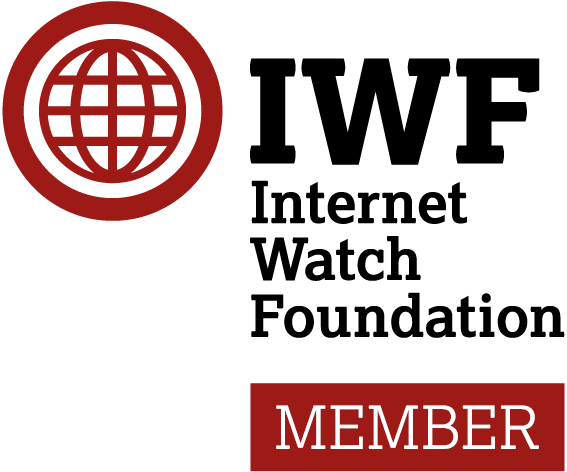Table of Contents
What is Threat modeling?
Threat Modelling is a view of the application and its environment through the prism of security. This process is designed to improve security by identifying threats and then defining countermeasures to prevent or mitigate the effects of the threats on the system or application. A threat is a potential or actual unwanted event that can be malicious (such as a DoS attack) or accidental (a failure of a storage device).
Threat Modelling is a scheduled activity that identifies and assesses threats and vulnerabilities in an application. Of course, it is part of the Software Development Life Cycle process, as well.

Threat modelling can be applied to a wide range of things, including software, applications, systems, networks, distributed systems, Internet of Things (IoT) devices, and business processes.
The threat model includes:
- Description of the item to be modelled
- Assumptions that can be tested or questioned as the threat landscape changes
- Potential threats to the system or applications
- Actions that can be taken to mitigate any threat
- Method of model validation and verification of the effectiveness of the actions taken.

Updating threat models is recommended after such events as:
- A new feature has been released
- A security incident has been handled
- There were architectural or infrastructural changes.
There are three key elements in the TM process:
- Data Flows (define how data flows through the system to determine where the system may be attacked)
- Potential Threats (define as many potential threats to the system as possible)
- Security Controls (define security controls that can be introduced to reduce the likelihood or impact of a potential threat).
Threat modeling process
An important concept in threat modelling design is a trust boundary. The trust boundary is a point where the data changes its trust level in the data flow diagram. Typically, this is wherever data is transferred between two processes. In order to identify threats, it is necessary to identify threat actors specific to the sector in which we work. To recognise these groups, you can use the MITRE KB.

In addition, the following are useful in risk assessment and threats identification:
- OWASP TOP 10
- OWASP ASVS
- ENISA Threats Taxonomy
- CIS Controls
- CWE/SANS TOP 25 Most Dangerous Software Errors

Tools supporting the threat modelling process
There are many free and paid tools to support the threat modeling process. Figure 5 shows one of tools supporting the threat modeling process in action. In this tool, after modelling the objects and identifying trust boundaries, we need to click an analysis button. After executing it, the application displays a list of detected threats for the created model.
And clicking on the analysis function, threats to the modelled objects are displayed, which should be prioritised and methods of mitigating them described. So the only thing left to do is to review these threats, set their priorities and describe the ways of mitigating them. Of course, if the system does not automatically detect some threats that we know about, we should add them manually.

Many of the risk modeling tools available on the market identify the threats to each node using the STRIDE methodology, which means that each node is examined for threats such as spoofing, tampering, repudiation, information disclosure, denial of service and elevation of privilege.

Summary
Properly performed threat modelling provides a clear line of sight throughout the project that justifies safety efforts. The process allows you to make rational safety decisions by showing you all the necessary information. In addition, assessing potential security threats in the design phase saves resources.
Therefore, if you have looked at the process indulgently so far, I hope that after reading this article you understood the essence and importance of this process.
FAQ
Threat modeling is a process that views an application and its environment through the lens of security, designed to improve security by identifying threats and defining countermeasures to mitigate their effects.
The three key elements are Data Flows, Potential Threats, and Security Controls.
Threat models should be updated after a new feature release, a security incident has been handled, or there are architectural or infrastructural changes.
There are many free and paid tools available, such as the Microsoft Threat Modeling Tool, which helps in identifying and prioritizing threats using methodologies like STRIDE.
The document mentions methodologies like OWASP TOP 10, OWASP ASVS, ENISA Threats Taxonomy, CIS Controls, CWE/SANS TOP 25, and STRIDE for threat identification.







